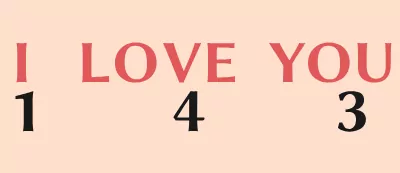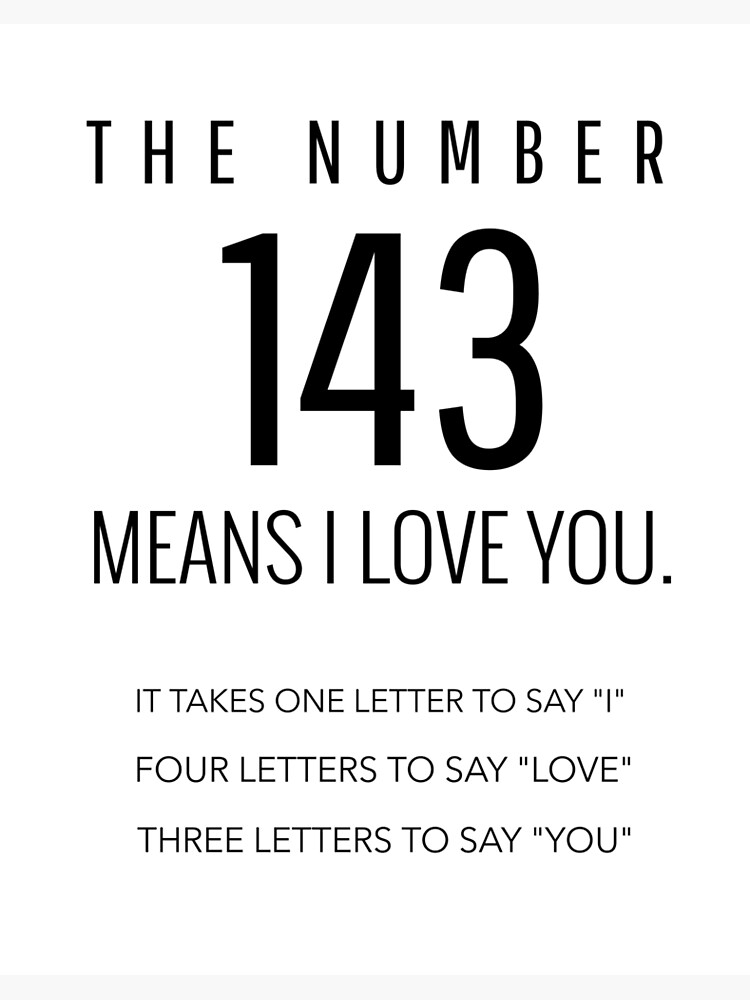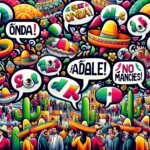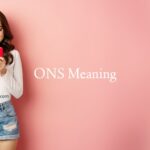143
means I love you.
In the age of smartphones and social media, understanding the world of teen communication is crucial for parents. Texting has become a primary mode of communication for teenagers, introducing a whole new set of abbreviations and codes. In this comprehensive guide, we’ll delve into the meaning of “143” and other popular text lingos, explore why teens use these codes, and provide essential insights for parents to navigate this digital landscape. The term “143” holds a special place, acting as a cryptic expression. You may have encountered it on platforms like Facebook, Twitter, Instagram, or in your text messages, leaving you wondering: What does 143 mean in slang?
Decoding the 143 Mystery

The numerical representation, 143, translates to a heartfelt message: “I love you.” This code cleverly aligns with the number of letters in each word of the phrase:
- “I” has 1 letter.
- “Love” has 4 letters.
- “You” has 3 letters.
So, when someone uses 143, they’re essentially saying, “I love you.”

Why Do Teens Use 143?
Teens embrace codes like 143 as creative shortcuts to express emotions efficiently in the fast-paced digital age. Beyond 143, various numbers carry similar meanings, reflecting the constant innovation in teen communication. Understanding these codes allows parents to connect with their children on a digital level.
Also read: Fanfiction Meaning
Other Common Abbreviations Parents Should Know
Navigating internet slang can be challenging for parents. Acronyms like TBH, BRB, SMH, FTW, and ASL are commonly used in teen conversations. Staying informed about these abbreviations fosters better communication between parents and teens, ensuring internet safety.
Internet Slang for Parents

| Acronym | Meaning |
|---|---|
| TBH | To Be Honest |
| BRB | Be Right Back |
| SMH | Shaking My Head |
| FTW | For The Win |
| ASL | Age/Sex/Location |
Reasons Parents Should Be Concerned
While many codes are innocent, some may carry more serious implications. Parents should be vigilant about potential risks associated with internet slang, as teens might unknowingly engage in inappropriate or explicit communication. Recognizing code words is essential for maintaining open communication with teenagers.
Also read: CAUGHT IN 4K Meaning
Examples of Risky Codes
| Code | Meaning |
|---|---|
| GNOC | Get Naked On Camera |
| CU46 | See You for Sex |
| 8 | Oral Sex |
Usage in Everyday Conversations
Picture this scenario:
Bye, 143.
It’s that simple. A compact expression loaded with emotion, perfect for expressing affection succinctly.
Examples and Alternatives
Let’s delve into practical usage:
| Example | Meaning |
|---|---|
| Bye, 143. | Farewell with love. |
| Ily | Abbreviation for “I love you.” |
| Ily Bae | Expressing love to a significant other. |
| ILYSM | Overflowing love declaration. |
| LY | Shortened form of “Love You.” |
Also read: Onomatopoeia
Frequently Asked Questions (FAQs)
1. What is the origin of the term “143”?
The term originated as a numeric code for expressing love, where each digit represents the letters in the phrase “I love you.”
2. Are there other numeric codes for expressing emotions?
Yes, numeric codes like “831” (I love you, eight letters, three words, one meaning) exist, but 143 remains a classic.
3. How widely is “143” used?
It’s a widely recognized code, popular in online communication, making it a common expression of affection.
4. Can “143” be used in professional contexts?
While it’s primarily used in personal interactions, some might use it playfully in a light-hearted professional setting.
5. Are there cultural variations in using numeric codes for expressions?
Yes, cultural nuances may influence the usage and interpretation of such codes.
6. How can one respond to “143”?
Responding with “143” or simply expressing affection in words is a fitting response.
7. Are there variations of the “143” code in other languages?
Different languages may have their numeric codes for expressing love, but it’s essential to be mindful of cultural differences.
8. Can “143” be misinterpreted?
While it’s generally understood as a declaration of love, context matters, and misinterpretations can occur.
9. Are there historical references to numeric codes for expressions?
The practice of using numeric codes for expressions has evolved with the rise of digital communication, reflecting the adaptability of language.
10. How can one incorporate “143” into everyday conversations?
Using it casually in farewells, expressing affection, or even as a surprise element can seamlessly integrate “143” into conversations.







